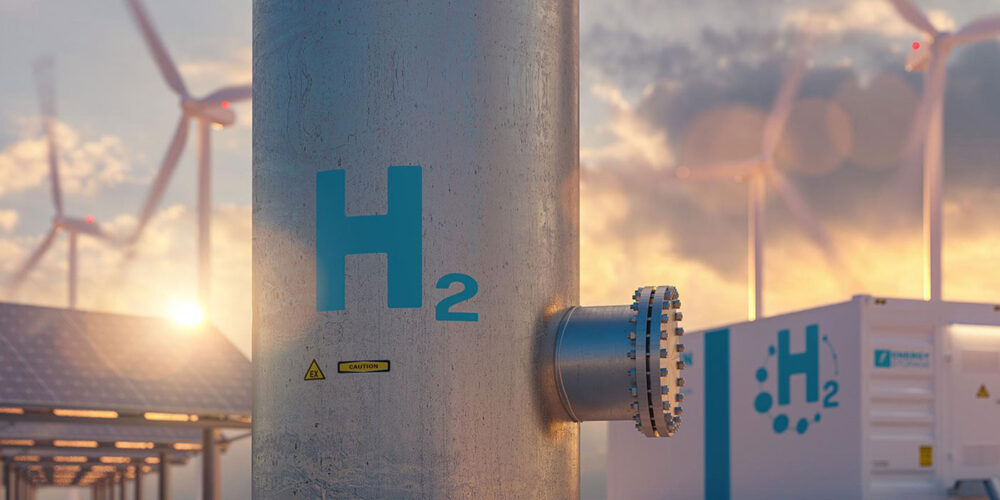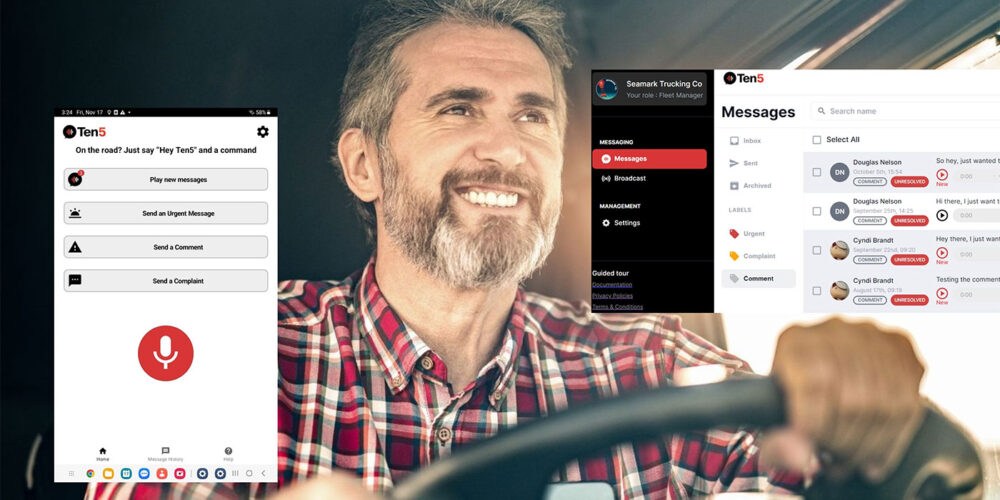The U.S. Department of Energy (DOE) faces challenges regarding its decision to allocate federal subsidies for regional clean hydrogen hubs (H2Hubs). Applicants had until April 7 to submit their full proposals for as much as $7 billion in federal funds, according to the department. Currently, the department is examining whether the proposed production methods and uses for H2Hub proposals are safe, protect the environment and are economically competitive.
According to the department, the H2Hubs defined by the Infrastructure Investment and Jobs Act are not meant to be temporary experiments, but are intended to be jobs-generating, economy-building industrial centers that link the production of clean hydrogen with end users.
The law instructs the DOE to promote feedstock diversity when selecting proposals for funding. The agency is expected to fund at least one H2Hub project that produces hydrogen from fossil fuels; one from renewable energy and water; and one from nuclear energy and water. The law also sets a goal of end-use diversity, with at least one H2Hub demonstrating the use of hydrogen in the electric power generation sector; one in the industrial sector; one in the residential and commercial heating sector; and one in the transportation sector.
Hydrogen hubs may not be rational, practical investments of taxpayer money if they:
- Prolong or expand the use of fuels that cause greenhouse gas pollution;
- Create significant public safety risks; or
- Result in higher energy costs for the public and industry in comparison with renewable energy or fail to compete successfully in the energy market.
The Institute for Energy Economics and Financial Analysis (IEEFA) is concerned that investing federal dollars into large hubs to produce hydrogen from methane would be putting the cart before the horse. According to research, CCS technology has not met its claimed capture goals consistently at the commercial scale. Also, fugitive emissions of methane from wells, pipelines and other points in the system and leakage of carbon dioxide from pipelines and storage facilities during the life of a project must be considered.
There is concern among experts about the potential impact of methane on greenhouse gas emissions. This concern may lead the Department of Energy (DOE) to exercise caution when allocating federal funds to projects related to methane. However, it appears that the DOE’s current strategy for promoting hydrogen is heavily focused on projects involving methane. This focus could be seen as contradictory to the agency’s goals, given the potential climate impact of methane.
Hydrogen can present significant issues when transported to power plants, or to homes and buildings for heating and cooking. A 2022 General Electric report on hydrogen use in power generation raised safety issues that also apply to home settings. It noted that hydrogen’s upper explosion limit is 75% compared to methane at 15%. The GE report cautioned that “hydrogen leaks could create increased safety risks requiring changes to plant procedures, safety/exclusions zones, etc.”
The GE report additionally warned that hydrogen can cause steel alloys to become brittle. A 2021 Congressional Research Service review of scientific literature found that hydrogen also can leak through polymer materials typically used in natural gas pipeline infrastructure four to five times faster than methane.
The DOE’s Pathway report observes that heavy-duty truck use of fuel cell technology “will be highly depending on the build-out of refueling infrastructure, advancements in fuel cell vehicle technology, the certainty of hydrogen supply, and the cost of alternatives.” It observes: “On the financing side, perceived credit risk will be high for hydrogen projects while these challenges remain unresolved, delaying timelines for low-cost capital providers to enter the market.”
Suzanne Mattei is an energy policy analyst for the IEEFA.













